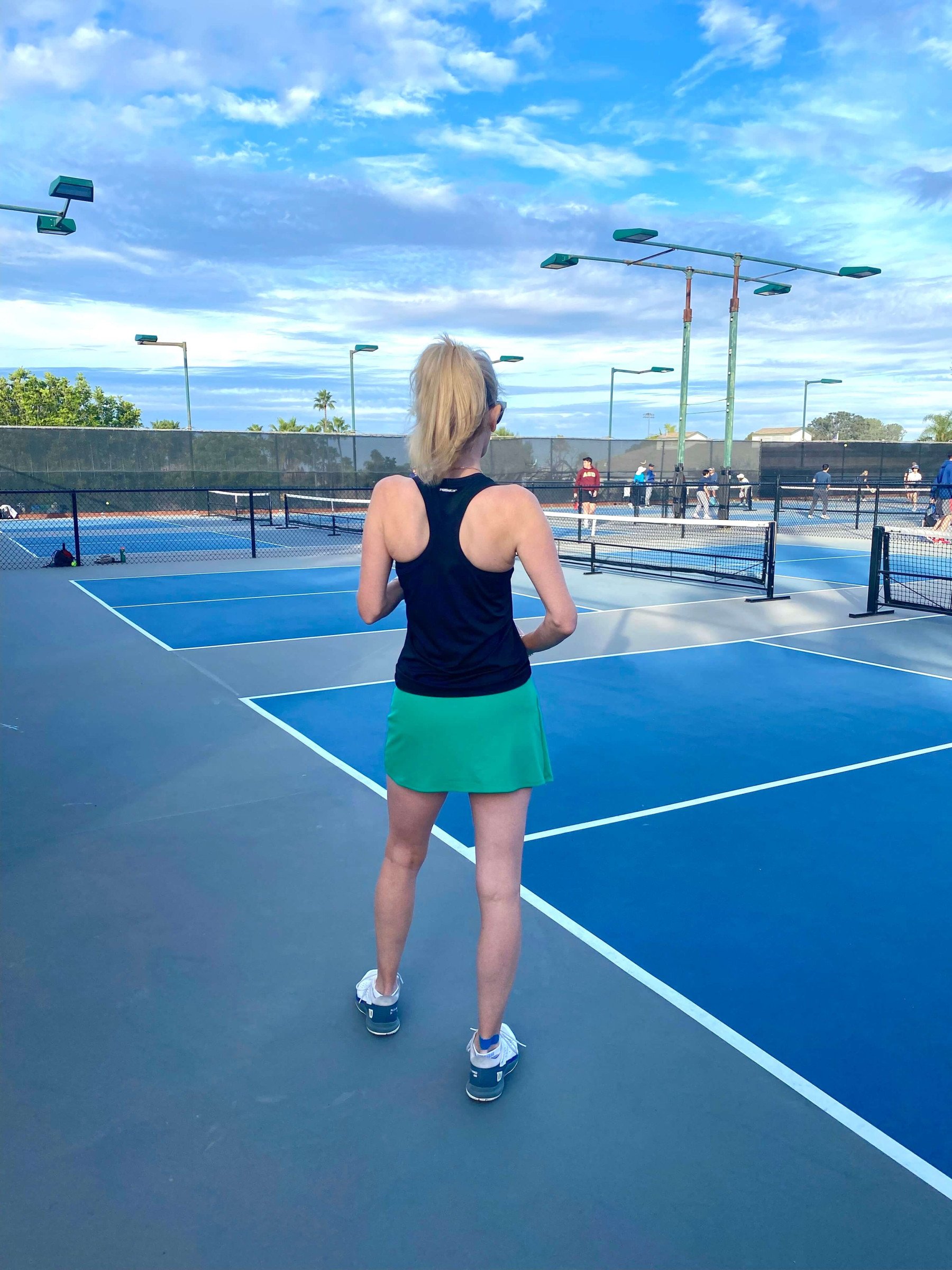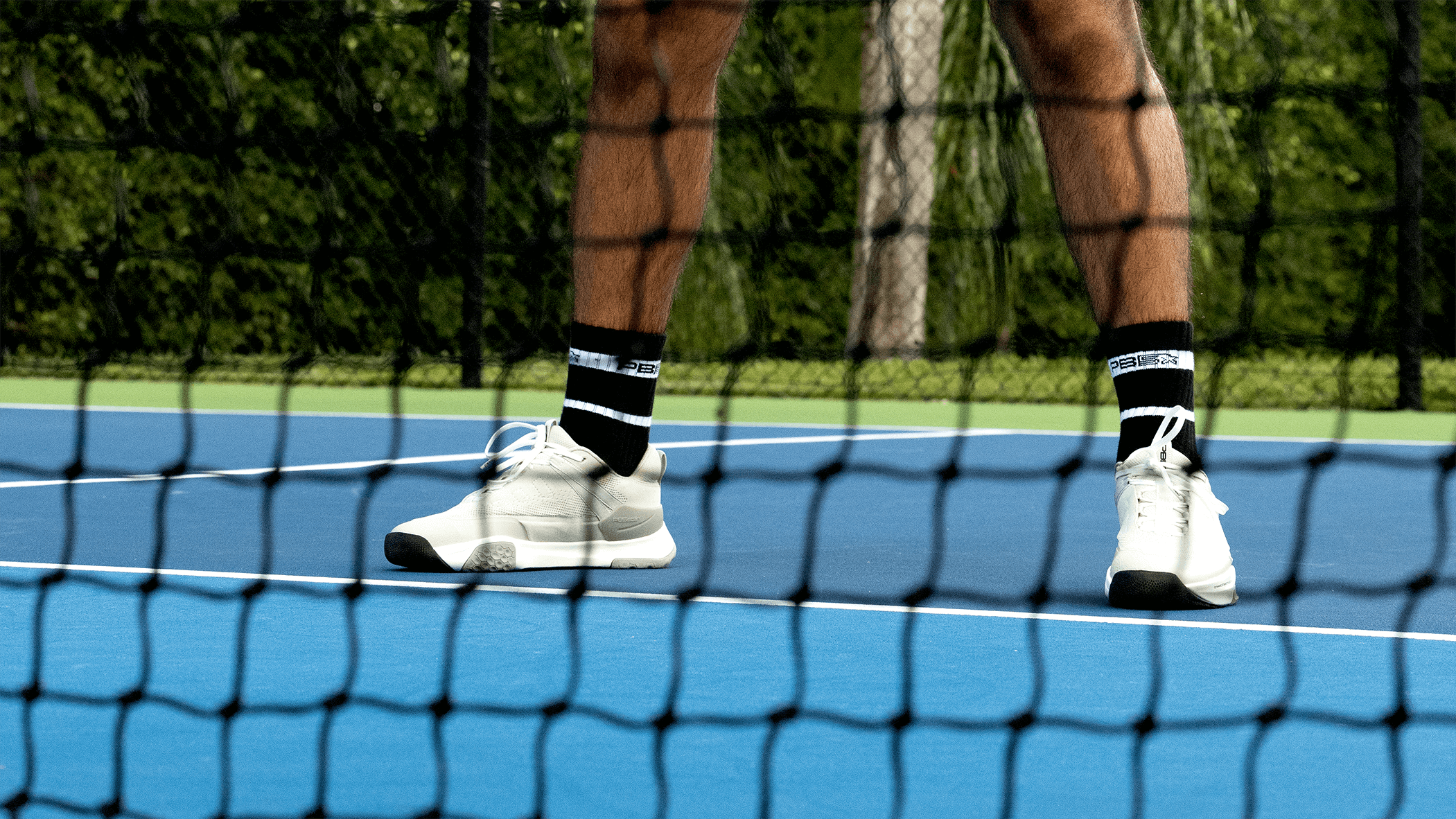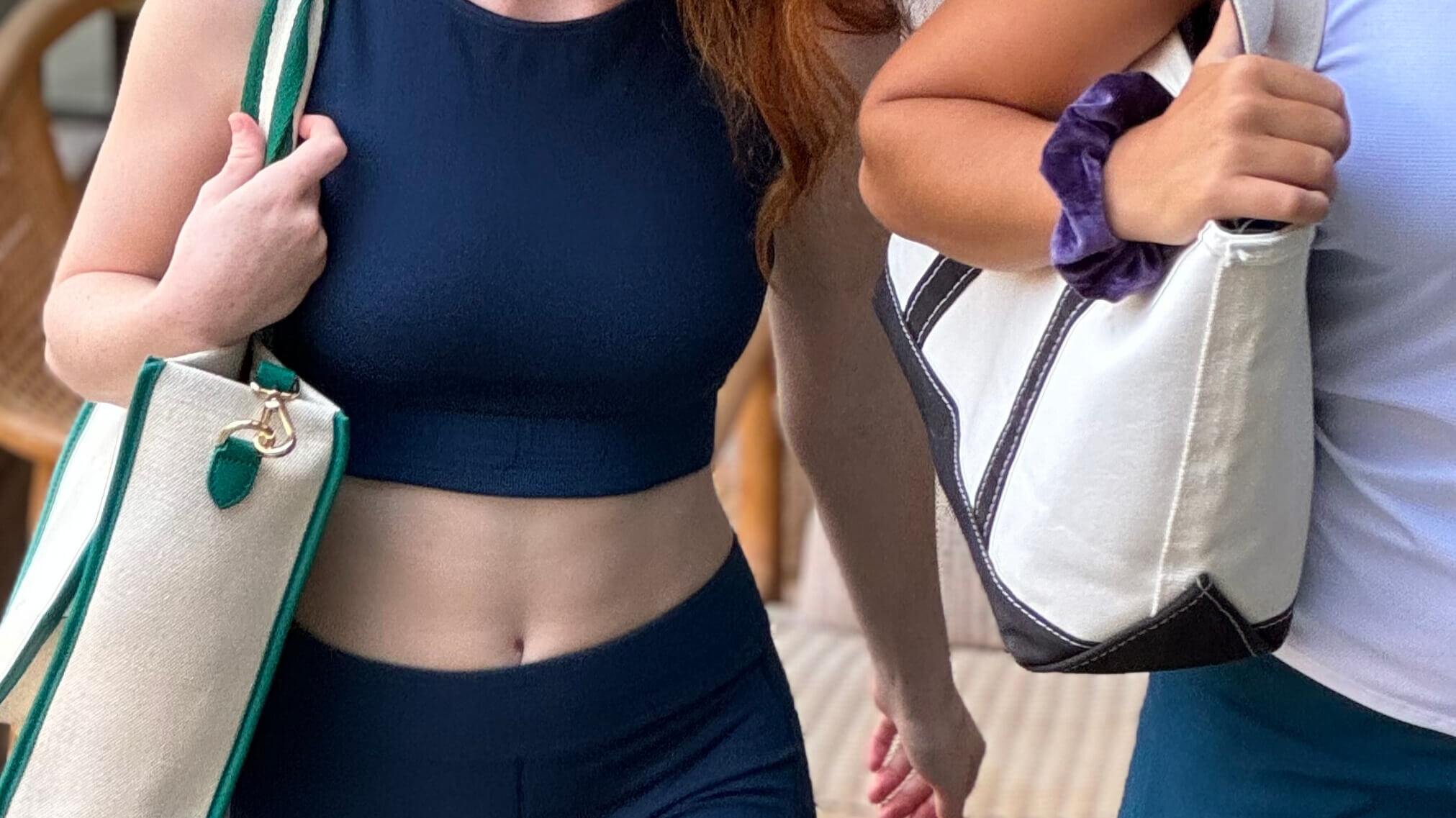Key takeaways:
Master fundamental techniques and strategies, from court positioning to the third shot drop, for effective and stylish gameplay.
Use targeted practice rather than just playing games by incorporating specific drills and skill isolation training to address weaknesses in your game.
Consistency builds skill over time through small, steady improvements that compound into significant skill development, so focus on reliable execution rather than perfection.
Pickleball has exploded in popularity for a reason—it hooks you fast but keeps you coming back with its surprising depth. The players improving fastest aren't necessarily those playing most often—they're the ones who've cracked the code on what to practice and how. This guide offers practical tips for players at every level, whether you're picking up a paddle for the first time or looking to refine your game and have more fun on the court.
Mastering the basics
If you're wondering how to get good at pickleball, you should build a solid foundation before executing advanced strategies or flashy shots. Developing strong fundamental skills will improve consistency, control, and confidence on the court. Let's break down these essential techniques that every pickleball player needs to master!
Proper grip and stance
The continental grip (holding the paddle like shaking hands) gives you versatility for both forehand and backhand shots. Your knuckles should be slightly angled toward the top edge of the paddle. Mastering this grip allows for quick transitions between different shots without constantly readjusting your hand position, saving precious reaction time and giving you more control over where the ball goes.
For stance, stay balanced with knees slightly bent and feet shoulder-width apart. Your weight should be on the balls of your feet so you can easily change direction. Practice the "ready position" until it becomes second nature—paddle up in front of your chest, elbows bent, and eyes focused on the ball. Practicing proper stance allows you to move quickly in any direction and react to shots without wasting precious time adjusting your body position first.
The serve
Focus on getting your serves in legally and placing them deep in the opponent's court. The serve in pickleball isn't meant to be a weapon like in tennis—it's about starting the point with control.
The underhand serve (hitting the ball below waist level with an upward motion) is the only legal serve in pickleball. Practice this motion until you clear the net and land within the boundaries. Only once you hit 90% of serves should you begin working on placement and adding minimal spin.
Dink shots
The dink—a soft shot that clears the net and lands in the kitchen (non-volley zone)—is perhaps the most crucial shot in pickleball. This finesse shot is primarily used during kitchen rallies when both teams are at the non-volley zone line. It requires touch, not power. Practice gently tapping the ball with minimal backswing, focusing on height control so the ball just clears the net.
Set up a target in the kitchen and practice hitting 50 dinks in a row, aiming for consistency rather than perfection. A well-executed dink will force your opponent to hit up on the ball, giving you an opportunity for an aggressive response.
Court movement and positioning
Even the sweetest backhand won't save you if you're standing in the wrong place. The golden rule of pickleball positioning is to get to the kitchen line as fast as possible. That's where games are won and lost.
If you want to build this habit, try this simple drill: Start at the baseline, hit your return, and immediately hustle to the kitchen line. Don't overthink it. Your body must do this automatically while your mind focuses on reading your opponents and planning your next shot.
Effective training techniques
Effective training techniques improve your performance and build confidence on the court. By incorporating focused drills into your regular practice routine, you'll accelerate your progress and quickly notice improvements.
Targeted drills
Zero in on what needs work with some fun, focused practice. Target specific weaknesses in your game with pickleball drills that would help you improve on them. Targeted drills create muscle memory through repetition while simulating real game situations, allowing you to build confidence in previously challenging shots or movements before you face them during competitive play.
For third-shot drops: Have a partner hit serves to you, practice returning, and then execute a soft drop shot into their kitchen.
For reaction time: Stand at the kitchen line with a partner and practice rapid-fire volley exchanges, gradually increasing speed.
For placement precision: Set up targets (water bottles work well) in various court locations and practice hitting them consistently.
Skill isolation training
Unlike targeted drills which involve specific practice routines for game scenarios, skill isolation means dedicating time to work on just one technique until you feel comfortable with it. Focusing on one skill at a time can be more helpful and will keep you from getting overwhelmed.
Choose an aspect of your game you want to improve
Practice it for two weeks
Integrate it into your regular play
Move to the next skill
Advanced pickleball strategies
Once you've developed solid fundamentals, you can try more advanced techniques and strategies.
The third shot drop
The third shot drop is often called the most important strategic shot in pickleball. After your serve and your opponent's return, this soft shot into the kitchen neutralizes your opponent's advantage and allows you to advance to the net.
Practice hitting this shot with various spins and depths, aiming to land the ball just over the net with enough arc to clear it safely. The perfect third shot drop forces your opponent to hit up on the ball, setting you up for an offensive opportunity.
Stacking and positioning
In doubles play, "stacking" allows teams to maintain their preferred sides regardless of the score. This advanced formation starts with both players on the same side of the centerline before shifting to their desired positions after the serve.
Implement stacking when:
One player has a significantly stronger forehand or backhand
You want to target a specific opponent's weakness
You need to adjust to court conditions (sun, wind)
Strategic shot selection
Learn to choose the right shot for each situation rather than hitting what feels comfortable. Sometimes, a reset (soft defensive shot) is better than attempting a winner, especially when out of position—meaning you're off-balance, caught in no-man's land between the baseline and kitchen, or forced to stretch for the ball. Recognizing when you lack the advantage can save you from making risky shots that often lead to unforced errors.
Recognize when to:
Attack with pace and depth
Neutralize with a soft reset
Change direction unexpectedly
Use height to buy recovery time
Recognizing patterns of play
Top players create and recognize patterns throughout a match. For example, if opponents consistently hit crosscourt returns on wide serves, you can anticipate and prepare your next shot accordingly. Study your tendencies and those of regular opponents. Then, use pattern disruption (breaking expected patterns) to create confusion and opportunities.
Consider doing shadow play during your practice sessions. This technique involves moving through shots and footwork patterns without using a ball, which helps build muscle memory and reinforces proper technique. It's particularly effective for improving your positioning between shots and developing quicker recovery after each play.
Match your progress with reliable gear from PB5star
Consistency trumps perfection. Those seemingly small improvements—a more reliable serve, better kitchen line positioning, smarter shot selection—compound into dramatic skill
development over time. This steady approach to improvement applies to your equipment as well.
As your skills advance, you might find yourself wanting gear that keeps pace with your progress. PB5star's gear is designed for pickleball's unique movements—shirts that stay comfortable during long sessions and the PB5 Court2 shoes, which give you the right balance and comfort during those intense rallies. To continuously improve your skills, be sure to check out our other guides and pickleball content at PB5star.







